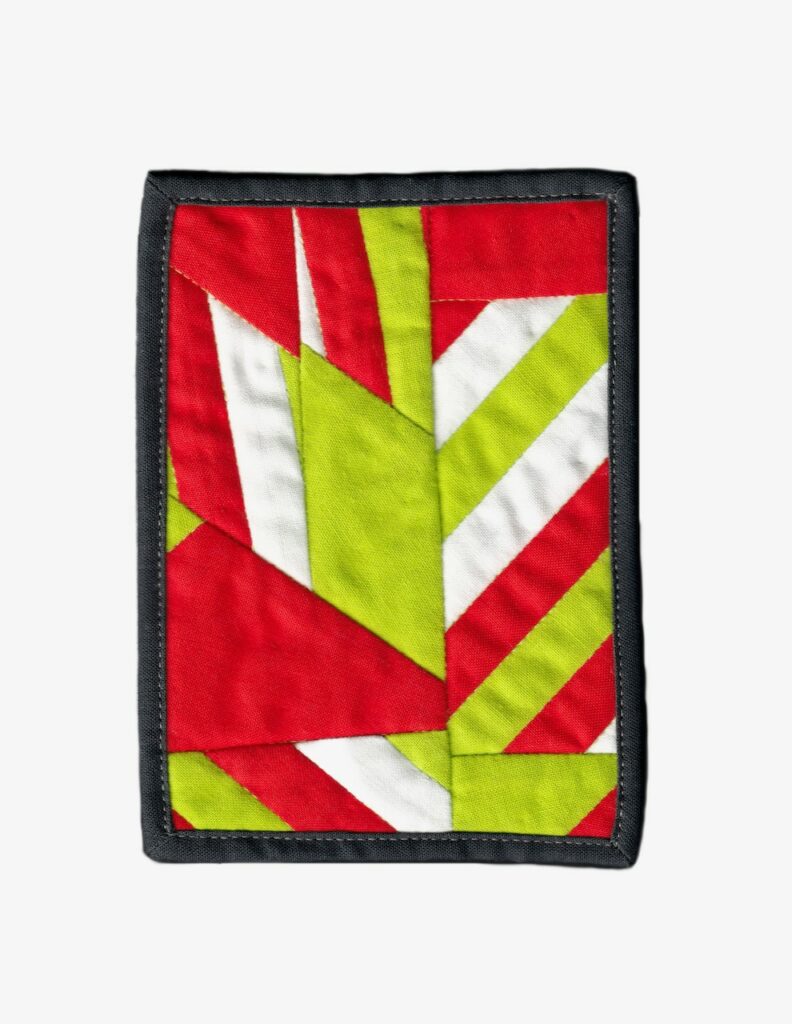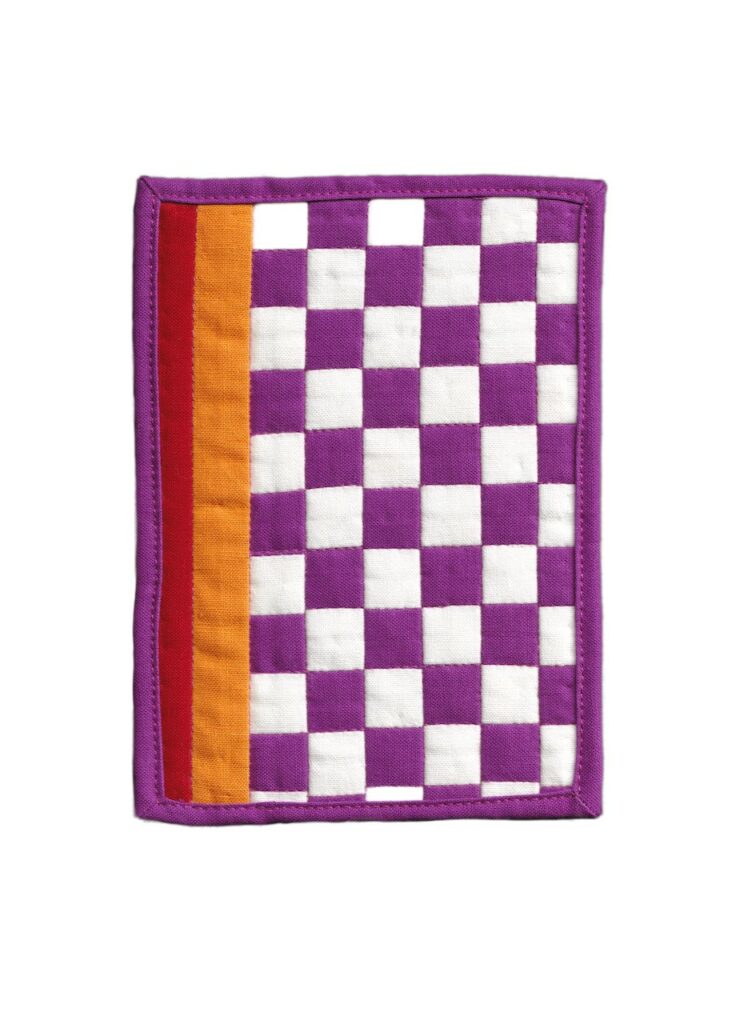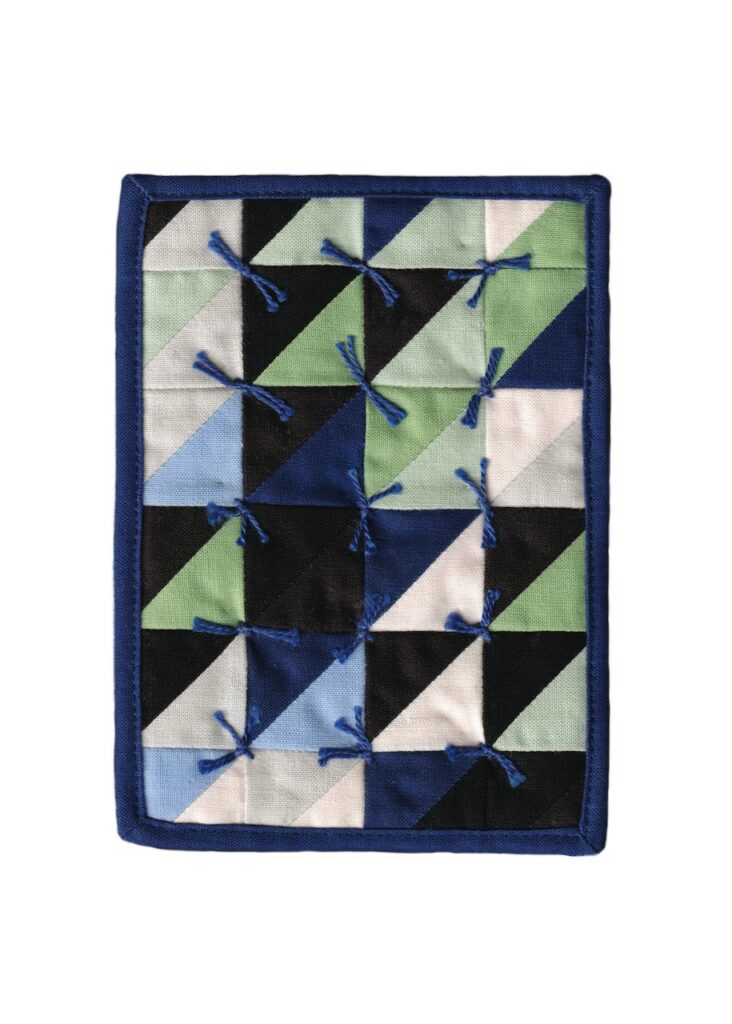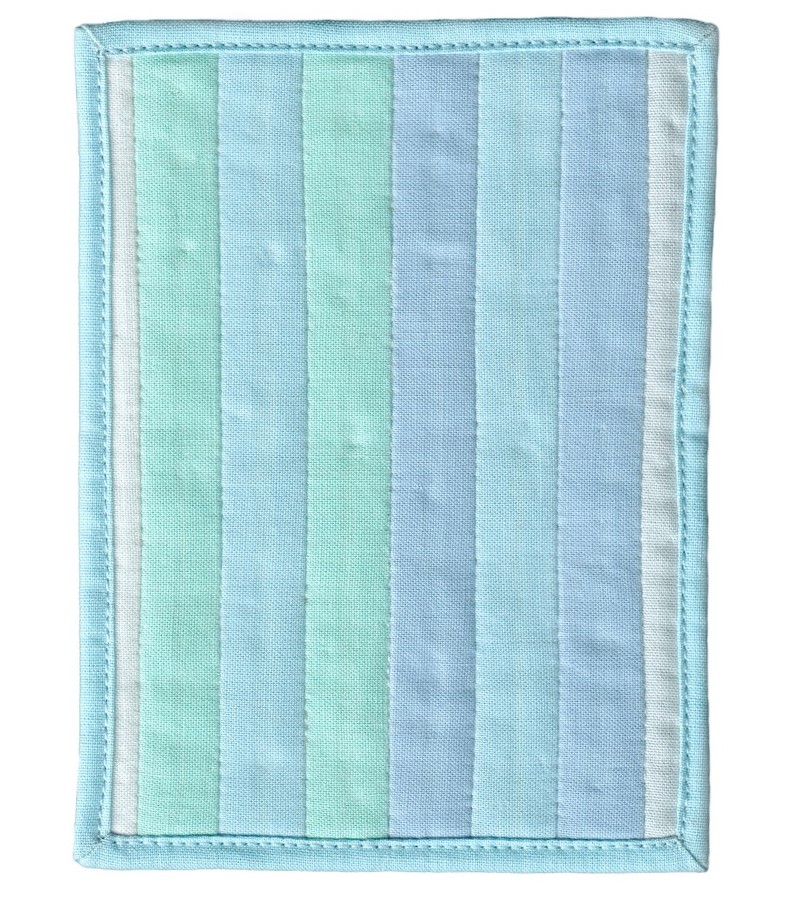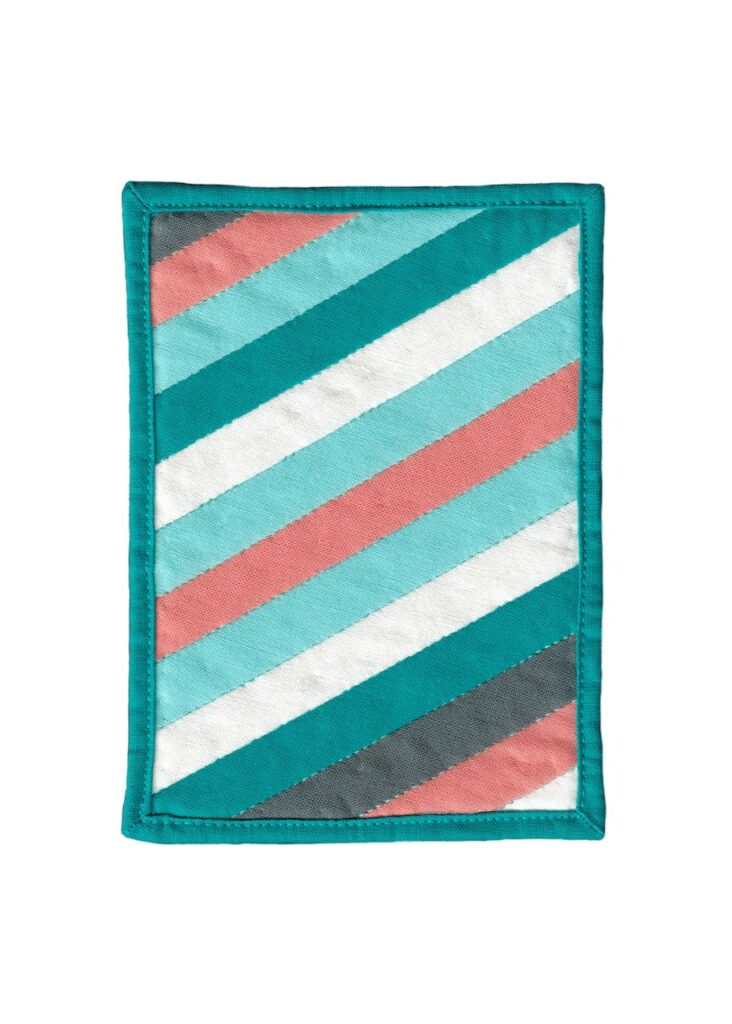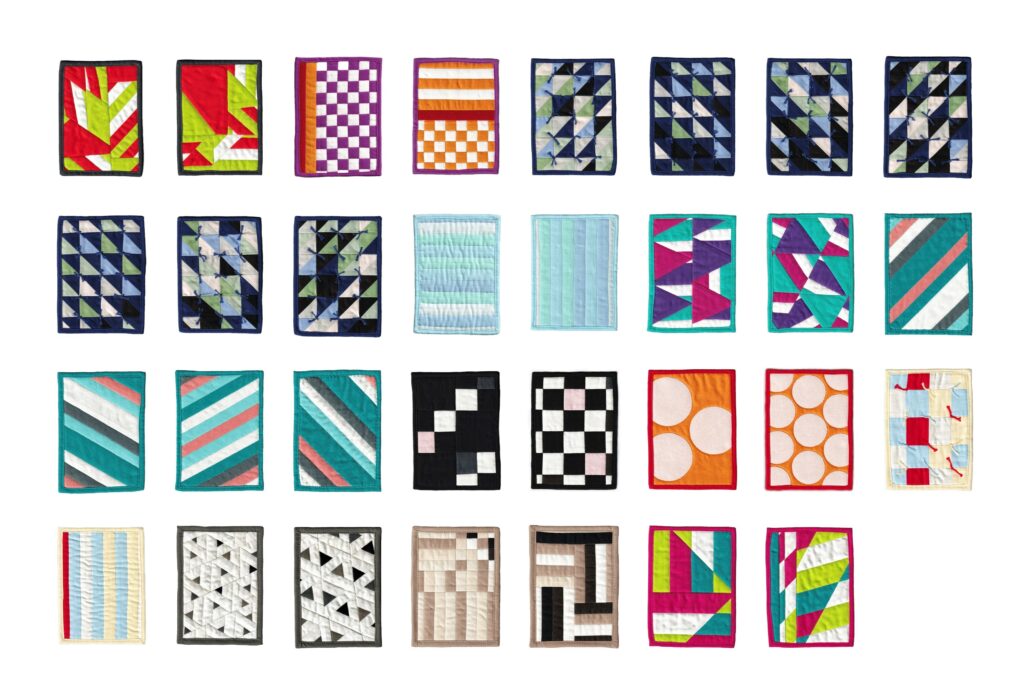By Sam Pender
Chronic pain affects one in five Canadians, impacting not only their physical and mental health but also their quality of life, relationships and work. Women are more likely to suffer from chronic pain but less likely to be given proper diagnosis or treatment, on average, due in part to existing gaps in women’s health management and research. This is something that Masters of Fine Art (MFA) recipient and Women’s College Hospital (WCH) patient Amanda Gresik knows all too well — but found relief from at WCH.
“WCH and the Toronto Academic Pain Medical Institute (TAPMI) approaches chronic pain with a biopsychosocial lens, taking into account a variety of factors and really listening to all our patients’ concerns,” says Celeste Corkery, Clinical Manager, TAPMI. “We use a self-management approach, putting the power back in our client’s hands to help them make the changes to live a life in alignment with their values.”
The existing gap in women’s pain management is something that MFA recipient Amanda Gresik knows all too well, having lived with different chronic illnesses and pain for most of her life and struggling to find answers and treatment for her chronic migraines, endometriosis and other pain before finally finding some relief at WCH.
“I previously had a lot of misdiagnosis and mistreatment prior to Women’s College Hospital,” Gresik explains. “There was a sort of disconnect of, ‘oh, there’s actually someone listening to me and helping me, as opposed to dismissing me,’ which was a bit of a jumping off point for me.”
That jumping off point was a topic for her Master’s thesis, The Complexities of Pain, which examines her struggle to get proper diagnoses and treatment as a cisgender, white woman in Canada. “I came to this thesis from a place of gendered health and my experience of being a woman with chronic pain.”
Gresik completed and successfully defended her thesis for an MFA in Craft in October at the Nova Scotia College of Art and Design (NSCAD University). As part of her thesis, she utilized her design background in textiles. To bring together her investigation of chronic pain treatment and research and her passion for textile work, Gresik created visual representations of her experiences through the health system by making miniature quilts and having an art exhibition that accompanied her written thesis.
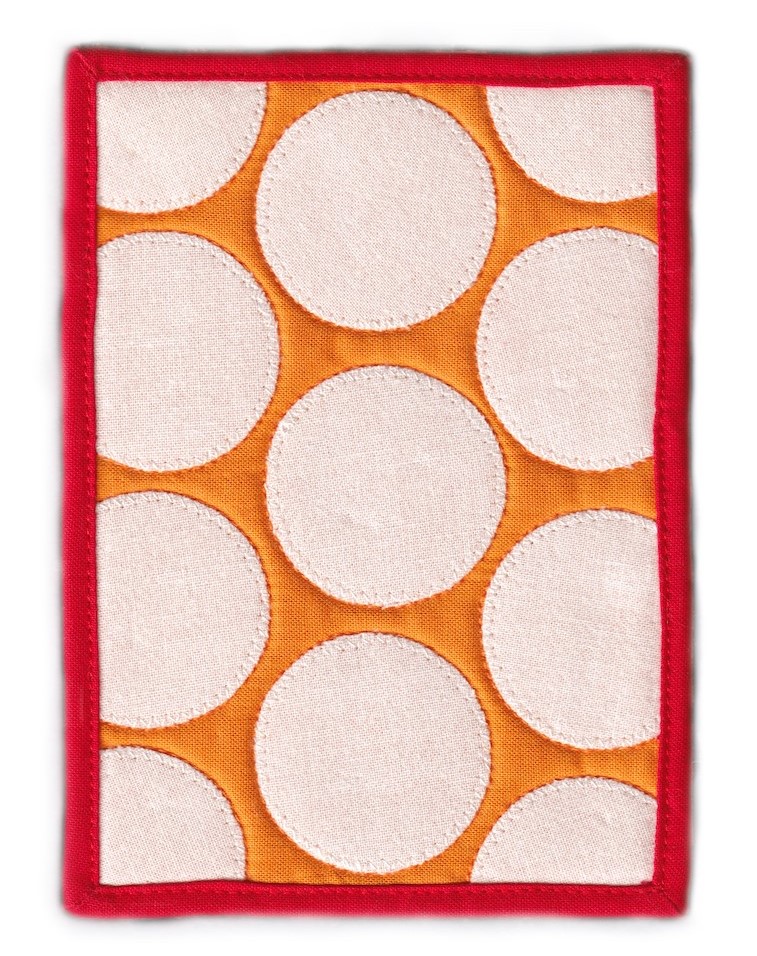
The quilts, all the size of a standard doctor’s prescription pad, were created with different colours and patterns, referencing objects that she associated with either comfort or pain. Each object has two or more representative quilts. One pair references her childhood teddy bear that brought her comfort on her more challenging days; another pair references hospital gown; and one pair features the colours of WCH, where Gresik finally received the diagnosis and treatment she had been looking for.
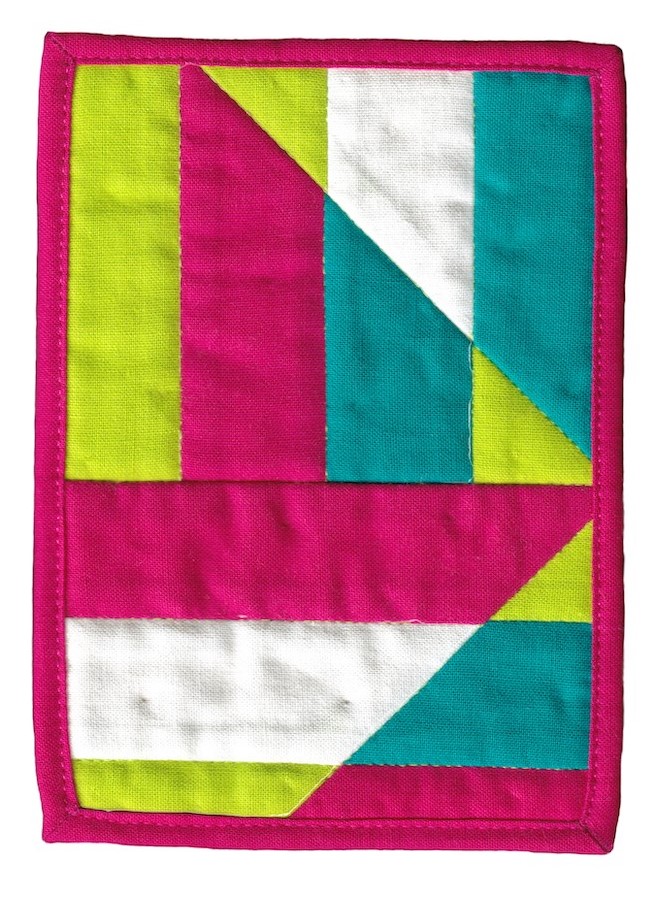
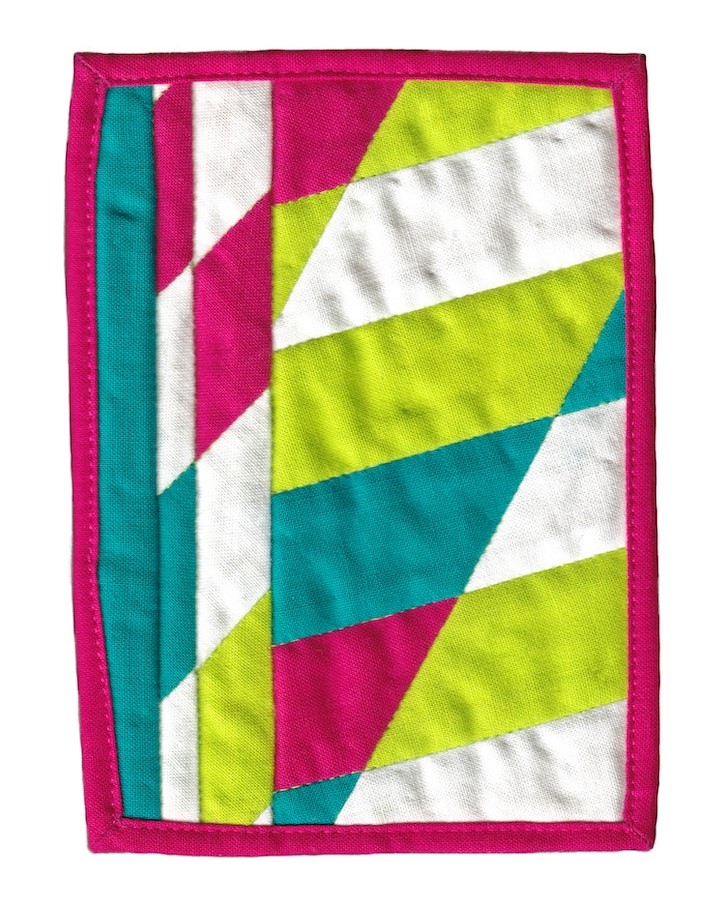
“I think of Women’s College as a place that provides comfort and treatment for pain,” she says. “So, I made those quilts based off the colours of the hospital to represent a comforting place for me.”
The quilts represented more than just comforting objects or painful experiences for Gresik. For many who suffer from chronic pain, having a creative outlet can be not only comforting in times of distress, but also incredibly therapeutic, as it was for Gresik.
“Some days, my art felt like the driving force to get me out of bed and get going,” she explains. “People often talk about the therapeutic aspect of art, and I don’t think I realized how much art, for me, functions not only as therapy, but also as an emotional outlet and a way of processing.”
Having experienced the healing aspects of art on chronic pain, Gresik realized how universal an experience both art and pain and that intersection can be and incorporated this thought into her own textiles for her thesis. While many of the pieces in her thesis are personal – her teddy bear, her migraine prescription, her IUD packaging – some of them also reflect the very universal experiences of someone going through the healthcare system, like a hospital gown, a pharmacy, and a ticket you would take at a clinic.
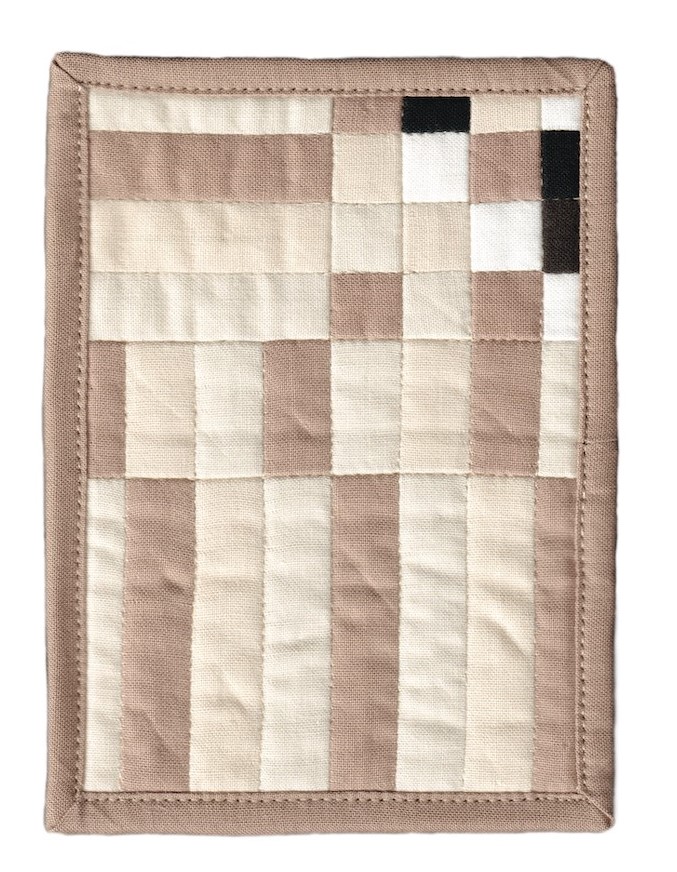
“There’s this ongoing conversation about how pain and illness can be really lonely and really isolating and how at the same time, it’s also this universal thing that so many people experience but don’t want to talk about.”
To read more about Gresik’s work or her thesis, you can visit her website, amandagresik.ca, where she’ll be sharing the photographs from her exhibit, ‘The Complexities of Pain’, in the coming weeks. Upon completion of her thesis, Gresik received her Master’s of Fine Art in Craft: Textiles from NSCAD University in Halifax.
